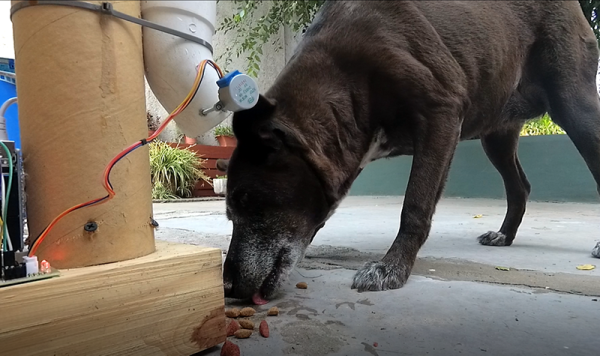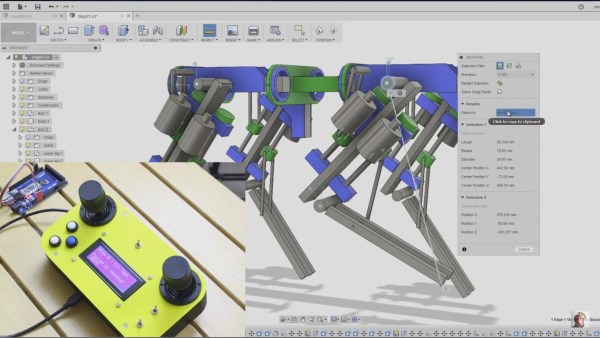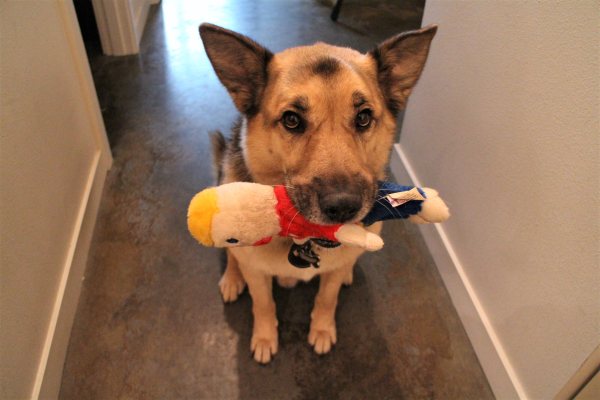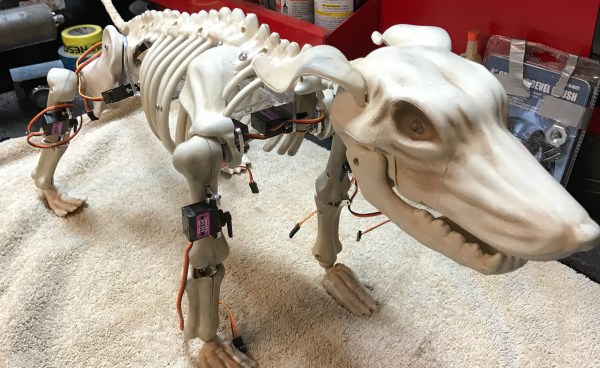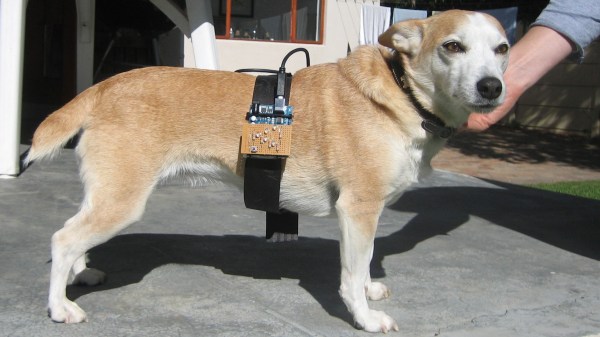[Eric] and [Shirin] have a dog called [Pickles], who is the kind of animal that if you are a dog lover you will secretly covet. They evidently dote upon [Pickles], but face the problem that they can’t always be at home to express their appreciation of him. But rather than abandon him entirely, they’ve applied technology to the problem. [Eric] has built an Internet-connected dog treat dispenser, through which they can dispense treats, and watch the lucky mutt wolfing them down.
The body of the machine has been made with lasercut acrylic, and the dispenser mechanism is a rotating hopper driven by a stepper motor. The whole thing — in all its transparent glory — is controlled through a Raspberry Pi, which plays a sound clip of [Shirin] calling [Pickles] for his treat, records his dining enjoyment with its camera, and emails the result to his owners. Behind the scenes it hosts an MQTT server, which can be triggered via an iPhone app, Alexa, or the adafruit.io site. Imagine for a moment: “Alexa, feed my dog!”. It has a ring to it.
He makes the point that this machine is not simply limited to dispensing treats, it could be used to engage [Pickles] in more activities. He hints at a future project involving a ball throwing device (have you ever seen such joy from a dog). There’s no substitute for being there with your dog, but maybe with this device they can make their dog’s life a little less of, well, a dog’s life.
You can see the machine in action in the video we’ve posted below the break.
Continue reading “The Internet Connected Dog Treat Machine” →

